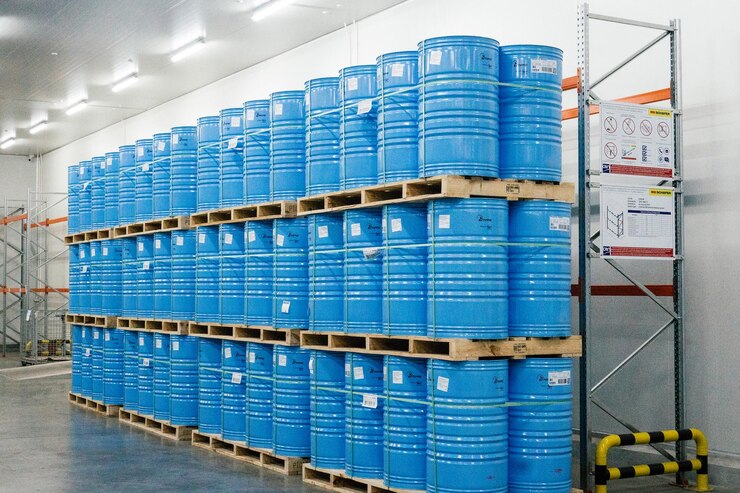
Aromatic
Para-xylene
Product | Para-xylene |
|---|---|
Packaging | 220 lit Drum, Tanker, bulk |
Price | Negotiable |
Payment Terms | Negotiable, T/T , DLC |
Delivery Terms
| FOB, CIF, CFR, CPT and FCA |
Min Order
| Negotiable |
HS Code | 290243 |
P-Xylene (para-xylene) is an aromatic hydrocarbon. It is one of the three isomers of dimethylbenzene known collectively as xylenes. All have the same chemical formula C6H4(CH3)2. All xylene isomers are colorless and highly flammable.
p-Xylene is an important chemical feedstock. Among other industrial applications, it is a raw material in the large scale synthesis of various polymers. In particular it is a component in the production of terephthalic acid for polyesters such as polyethylene terephthalate (generally known as PET). It also may be polymerised directly to produce parylene.
| No | Typical Test | Unit | Specification | Test Method |
|---|---|---|---|---|
| 1 | Purity | Wt% | 99.7 Min | ASTM D7504 |
| 2 | Non-Aromatics | Wt% | 0.2 Max | ASTM D7504 |
| 3 | Distillation | C | 2 Max including 1388.3 | ASTM D850 |
| ASTM D5453 | ||||
| 4 | T-Sulfur | Wt ppm | 1.0 Max | & ASTM D7039 |
| 5 | T-Chliride | Wt ppm | 1.0 Max | ASTM D7536 |
| 6 | Sp.gr@15.6/15.6c | - | 0.8650-0.8661 | ASTM D4052 |
| 7 | So2/H2s content | - | Free | ASTMD853 |
| 8 | Appearance | - | Colorless,Clear | VISUAL |
| 9 | Tol+Bz | Wt ppm | 300 Max | ASTMD3789 |
| 10 | Ethyl Benzene | Wt% | 0.3 Max | ASTMD3789 |
| 11 | Color(Pt-co scale) | - | 20 Max | ASTMD1209 |
| 12 | M-xylene | Wt% | Max 0.25 | ASTMD3798 |
| 13 | O-xylene | Wt% | 0.1 Max | ASTMD3798 |
| 14 | Acid Wash Color | - | 1.0 Max | ASTMD848 |
Questions? You’re covered.
Para-xylene is a key raw material used in the production of purified terephthalic acid (PTA) through a two-step oxidation process. In the first step, para-xylene is oxidized to form terephthalic acid, which is then purified to remove impurities. In the second step, the purified terephthalic acid is esterified with ethylene glycol to produce PET resins for the production of fibers, bottles, and other polyester products.
Para-xylene exposure can pose health risks such as irritation of the eyes, nose, and throat, as well as headaches, dizziness, and nausea. Prolonged or high-level exposure to para-xylene may cause more serious health effects such as central nervous system depression and damage to the liver and kidneys. Para-xylene emissions to the environment can also contribute to air pollution and groundwater contamination.
Para-xylene is primarily produced as a byproduct of the catalytic reforming of petroleum naphtha or mixed xylenes. The reforming process involves heating the feedstock in the presence of a catalyst to rearrange the molecular structure and produce a mixture of xylene isomers, including para-xylene. Para-xylene can also be produced through other processes such as toluene disproportionation and coal tar distillation.
Regulatory agencies such as the Occupational Safety and Health Administration (OSHA) and the Environmental Protection Agency (EPA) have established regulations and guidelines to limit occupational exposure to para-xylene in workplaces and to control emissions from industrial sources. These measures include permissible exposure limits (PELs), emission standards, and monitoring requirements to protect workers and the environment from the health hazards of para-xylene.





